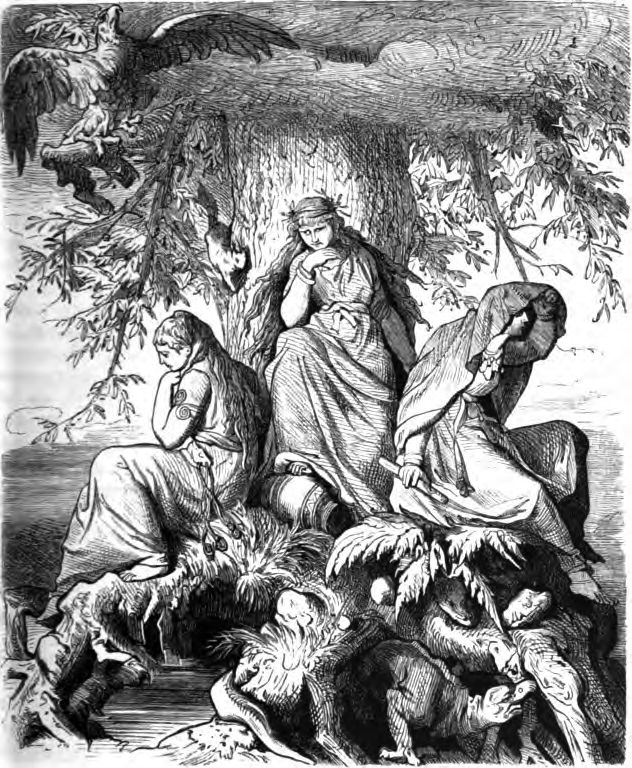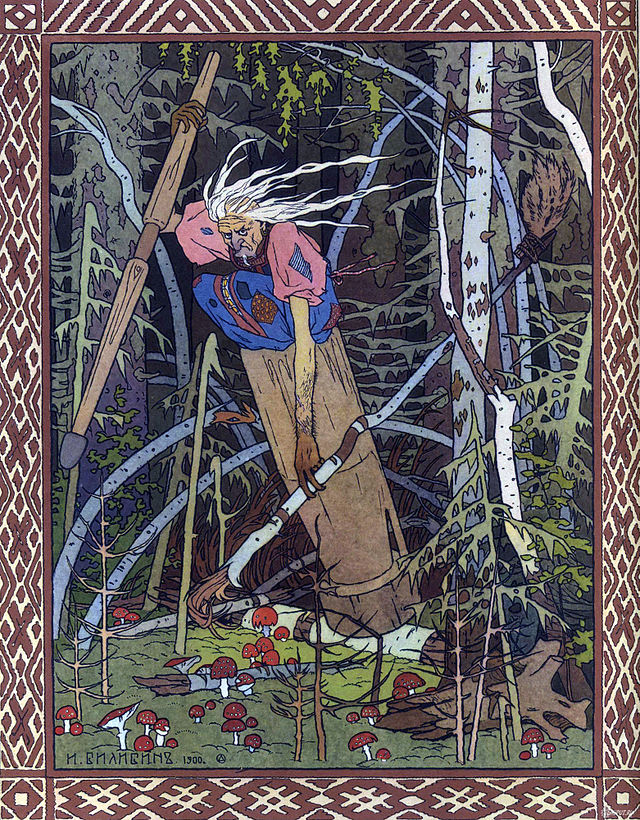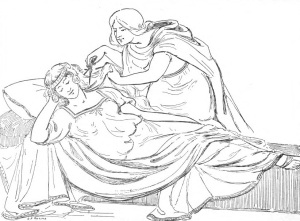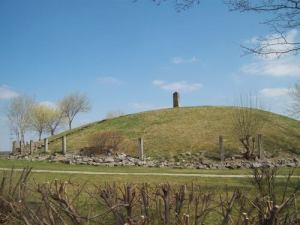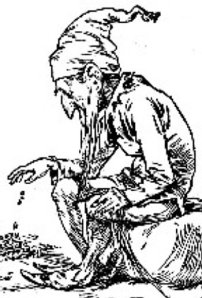In the middle age and modern age (centuries XVI and XVII) the witches were seen as a demon creature. A person who was at league with Satan and was responsible of all the bad things that occurred. Nevertheless, in ancient times the witches fulfilled other role, a pagan role, but for the jews (a.k.a. Christians) that was ‘malefic’.
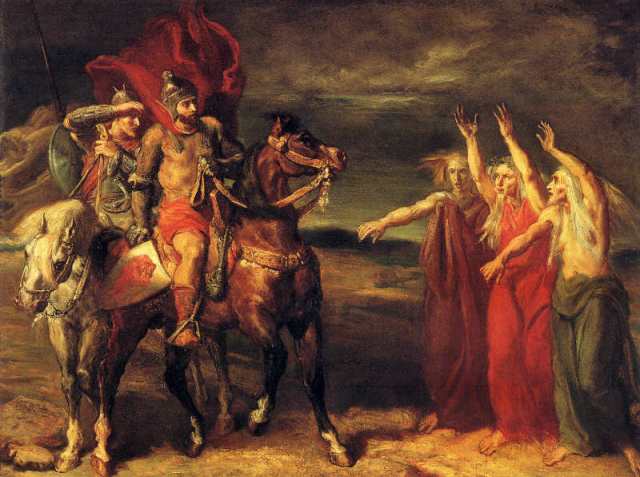
Christians said that they execute spells, enchantments and other ‘magic’ things. These magic acts were created mostly with words, as enchantments. Enchantment is a word derivative from the latin word incantamentum. This word comes from the verb “incantare”, which means “by the sing”. Thereby, we know that originally the spells were executed singing. Yes, the witches were singers, what they sing? Knowledge, wisdom!
In the Völuspá (The Prophecy of the Seeress), Odin goes to the encounter with a Völva —also known as a witch—. The völva says to him about past times, the things that only an omnipresent mind could remember, as well as the things that will happen, things that only the wisest mind could know. In this poem, Odin is incarnating a child, a child which is learning the secrets of the life, he is learning about the past, but also about the future. He’s in a mound, in a tomb of one of his forebears. The völva says to him (as I mentioned) the things that he must know to be a man, he need have some knowledge to be a real man. The völva is not really one witch, but three. The witches are three because he is learning about the past, living the present, and knowing the future as well. These three witches were in fact the norns, Urðr (the past, what once was), Verðani (the present, the things that are happening yet) and Skuld (the future, the things that still no happen).
Sidenote!
The french word sorcière, as well as the english sorceress and basque sorgin, comes from the latin word sortiariu, which means “speaker of lots/drawer of lots”. We must take into mind the fact that the name of the Moira “Lachesis” has the same meaning. Read this knowing the fact that the Norns, Parcae, Moirai, Sudice and Matres are the same thing, we use the norns as example because is (perhaps) the most known triad and because we gave the example of the Völuspá.
Thereby, we could say that the witches were basically drawer of lots, that is because —obviously— their main “work” was the work of guess the future (naturally, we don’t know exactly the things that will happen, but we know the things that are happening and have a median idea of the things that happened). But anyway, that is only a part of the “job” of the witches, because as I said above, they were known for make enchantments (sings) of knowledge and wisdom, why? I said it practically before, because they said to the children the things that he must know, they enchanted him! The enchantment was the knowledge, and was their responsability sing it to the children.
In later periods, they still had the tradition in mind, and for that reason they were murdered, for sing it. Their “leagues” with satan were actually leagues with their own gods, the pagan gods.
Now we want to put some examples about “traditional” witches, witches of the european folklore. Let me start with the Baba Yaga, a traditional slav witch. Etymologically, her name comes from Baba, which means “woman, old woman“, and Yaga, which probably comes from the Proto-Slavic word ož and sanskrit अहि (ahi), meaning “serpent, snake”. The serpent was probably a symbol of wisdom, so we could say that “Baba Yaga” actually means “Wise Woman”. This is a clearly prube about the fact that the witches were wise women, and her appearance was related to this. They were very often (for not say ever) depicted as ugly, lame and old women. The old age clearly represent the wisdom, this has been ever so.
The Baba Yaga wasn’t either a Baba Yaga, but three. This says even more clearly what I’m saying. Three wise women the Baba Yaga were, because they were a more modern depiction of the norns (slav Sudice).
On the other hand, we have the Masca, a traditional witch of the piedmontese (north italian) folklore. In difference with the classical witches, they weren’t necessarily old and ugly. They had the power of inmortality, but no the power of the eternal youth. Thus, when they decided that they didn’t want to live anymore, they could transmit their power to other young women, sometimes men and sometimes cotidian objects. They were responsables basically for all the bad things that happened, but this is only because they were “evil witches“, originally they maybe were responsable for all the things, because they were responsables of the fate! The name “Masca” probably comes from the Occitan word mascar, which means “mumble, babble”, referring to bewitch.
As we can see, the witches were (very often) women who made enchants, which originally is sing the tradition! And this act was deformed and demonized by the judeo-christians, because they don’t want to conserve the europeans traditions alive, they only want dependents crowds easy to rule!
